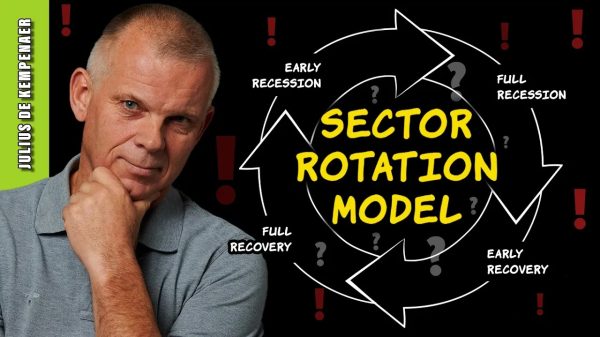AIER just launched its new Explainer paper series, helping the everyman make sense of complicated economic topics. The first Explainer, Understanding Public Debt by AIER Research Fellow Thomas Savidge and Senior Research Faculty Ryan Yonk helps readers understand why there are unsustainable levels of government debt at the federal, state, and local levels and how to fix the problem.
The Explainer finds:
Government debt is a burden on future generations. Debt-financed spending provides government spending today but pushes tax increases on future taxpayers. The National Debt, at an all-time high of $35.18 trillion, is just the tip of the iceberg. Social Security and Medicare have an additional $78.2 trillion in unfunded obligations. If the federal government defaults on its debts, we could see massive tax increases, weaker economic growth, and rising inflation. State and local governments owe $4 trillion in debt and another $8 trillion in unfunded liabilities for public pensions and benefits. If state and local governments default on their debts, we could see fiscal crises reminiscent of the Eurozone Debt Crises of the early 2010’s. The debt problem is a spending problem, not a revenue problem. Research shows that raising taxes covers barely a fraction of the outstanding debt. To fix spending, constitutional constraints are needed to limit government spending at all levels and nudge policymakers to make cuts and properly prioritize spending.Read the full paper here.

































